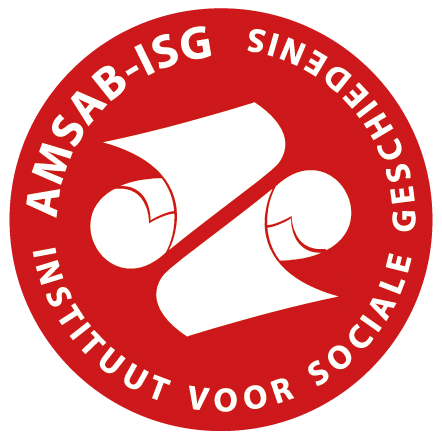Fotografie is een krachtig communicatiemiddel. Het zorgt ervoor dat je je een beeld kunt vormen bij een stad of streek. In de jaren 1920 ontstond een type werk dat gewijd was aan gebieden (landen, regio's of steden), in een combinatie van tekst en foto's. Het boek Berlin in Bildern van Adolf Behne en Sasha Stone is daar een mooi voorbeeld van. De foto's in het boek laten het oude en nieuwe Berlijn in gelijke mate zien, wat in 1929 zeker geen architecturale realiteit was. Sasha gebruikt zowel klassieke foto's als beelden die zijn gemaakt volgens de regels van de Nieuwe Fotografie. Zijn foto's van Berlijn – sommige gepubliceerd in het boek Berlin in Bildern en andere niet – laten soms een verlangen zien, beïnvloed door de politiek van de Weimar Republiek (het Duitse politieke regime van die tijd), om Berlijn te laten zien als een moderne metropool zoals Parijs of, beter nog, New York. De nadruk ligt op de verticaliteit van de gebouwen door het gebruik van het kikvorsperspectief, op het 'stadsverkeer' dat in die tijd werd gezien als een teken van stedelijke moderniteit, op elektriciteit met foto's van de elektriciteitscentrale Klingenberg en op de aanleg van de metro, een symbool van vooruitgang. Een foto zoals die van de bouwplaats van de metro op de Alexanderplatz is hier een voorwendsel om moderniteit op te roepen en tegelijkertijd de stedelijke transformatie te documenteren.
Fotogalerij





